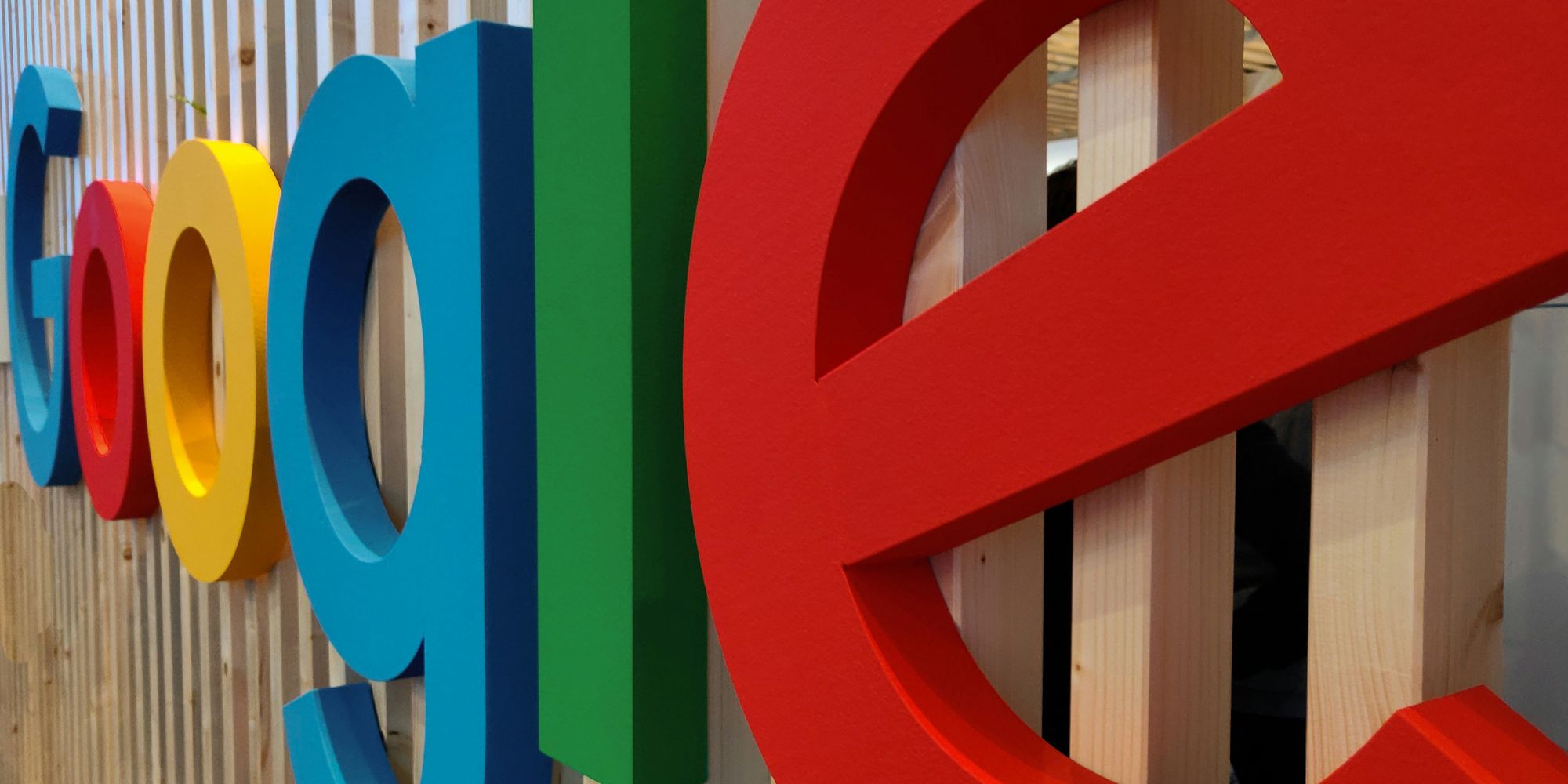Winning in the Age of AI Search: How Brands Can Thrive as Search Evolves
Search is changing faster than ever. With the rise of AI-powered features like Google’s AI Overviews and AI Mode, the familiar “10 blue links” are...
Read moreWhat is a canonical tag and why does it matter to your website’s SEO efforts? Discover everything you need to know about the HTML code that can make all the difference to your traffic.
If you were to walk through the ClickThrough offices on any ordinary day, chances are you’ll hear the word ‘canonical’ or ‘canonicalisation’ being thrown around at some point. Canonicalisation is perhaps one of the most important aspects of SEO, and in this blog we’re going to break down what a canonical tag is, why they are important for SEO, how you can identify a canonical tag, and what you should do once you’ve read this and are a master of the tag. If you’re a marketer or working in SEO, you’ll have likely heard of this term, but we’re going to give you the ins and outs of how you can utilise these pieces of code to generate more website traffic.
In short, a canonical tag is a piece of HTML code that sits on every page of your website. Written, the tag reads as follows: <link rel=”canonical” href=”https://www.yourwebsitehere.com”>
The tag itself indicates to search engines the master copy of a page. At a top level, the tag helps search engines to understand complex webiste structures where duplicate content exists and serves as a hint to help search engines control which pages are indexed within the search results, and which are not.
Duplicate content has always been (and will likely continue to be) a threat to websites and their organic search performance. For ecommerce in particular, you’re often dealing with websites that have pagination and many similar pages, and canonical tags aim to help webmasters aid search engines in managing these complex structures and set-ups.
Finding the correct page
Where a website has multiple duplicate URLs, search engines can struggle to discover the unique or master copy of a page, with the risk that this result in the wrong page being indexed by search engines. You always want to make sure that the correct page is ranking, and by adding a canonical tag to your HTML, you can make sure that this is happening.
Risk of page dilution
Secondly, having multiple pages that contain duplicate content is an issue because the chances of pages being diluted is increased. If you have 5 pages that are duplicate, the value within that page is divided by 5, meaning that your page has less of a chance at ranking within search engines. By keeping it simple and having just one streamlined page, you’re ensuring that search engines can clearly identify the page and rank this version. Where a website has multiple duplicate URLs, search engines can struggle to discover the unique or master copy of a page, with the risk that this result in the wrong page being indexed by search engines. You always want to make sure that the correct page is ranking, and by adding a canonical tag to your HTML, you can make sure that this is happening.
Many CMS’ such as WordPress, Drupal and Shopify have plugins such as Yoast that can be installed which automatically add self-referencing canonical tags to each page. Whilst in most cases this is useful (and saves you a job), this is not always the case. There are cases where canonicalisation requires manual intervention and human decision-making, and it may be that although canonicals are set, they could be holding your performance back.
In short, no. Canonicalisation does not solve page duplication, but helps to manage it. Page duplication issues should always try to be solved at the root cause. If you have multiple pages that talk about the same thing, best practice is always to try to merge these where possible. Of course, this is not always possible for many reasons, so canonicalisation is needed to indicate to search engines that you’re aware the pages are duplicate, but only want one page indexed.
At a single-page level
The best way to check your canonical tags depends on what you are wanting to achieve. If you’re looking at a single page level, you can do this by opening the page source. Simply, right-click ‘View Page Source’ or use CTRL+U. Once you have the website’s code up, simply CTRL+F for ‘canonical’. You’ll be able to see the URL that has the canonical tag. If you’re using Google Chrome, you can also install an extension such as SEO Pro Extension that will allow you to see the canonical tag of a page in one click.
At an entire website level
If you’re wanting to look at all of your canonicals to perform a wider check on these, you’ll likely need to use a tool to do this. We recommend Screaming Frog to do this, which allows you to scan the website for all canonical tags and pull this into a spreadsheet for auditing and checking. If your website has 500 URLs or less, you can do this for free. If you have more than 500 URLs, you’ll need to purchase a licence, which is currently priced at £149 per year.
When looking across the internet in general, you will see that most pages have canonical tags that point to themselves – known as a self-referencing canonical – as most pages are unique to only themselves. Many websites also use canonicalisation on categories, blogs and paginated pages, and this is where it’s most likely that webmasters will be using canonical tags that do not point to themselves.
Generally, there is very rarely a case where a canonical tag should not be used, and your website should have a canonical tag on every HTML page that search engines can access. Whether the tags on a page point to themselves or a different page on your website, is for you to decide!
If you want to explore how you can improve your performance without committing to a higher marketing budget cost, how to reduce media spend wastage, and how to drive more performance from less, read about our Digital Performance Accelerator for CMOs & Marketing Leaders.
Photo by Myriam Jessier on Unsplash
More articles you might be interested in:

Search is changing faster than ever. With the rise of AI-powered features like Google’s AI Overviews and AI Mode, the familiar “10 blue links” are...
Read more


Arming yourself with the right tools to ensure a smooth site migration is important - find out how to protect your SEO during a migration today.
Read more
Google employees have recently announced that the upcoming Google Core Update is set to be released in the coming weeks. Understanding and addressing...
Read more
Language matters. Any marketer worth their salt knows this. But when discussing gender and sexual orientation, that importance is amplified tenfold.
Read more
When marketers think of thought leadership, there are names rather than ideas, that tend to spring to mind.
Read more
With the release of GPT-4, how revolutionary will this tool be? Alan Rowe takes us through it...
Read more